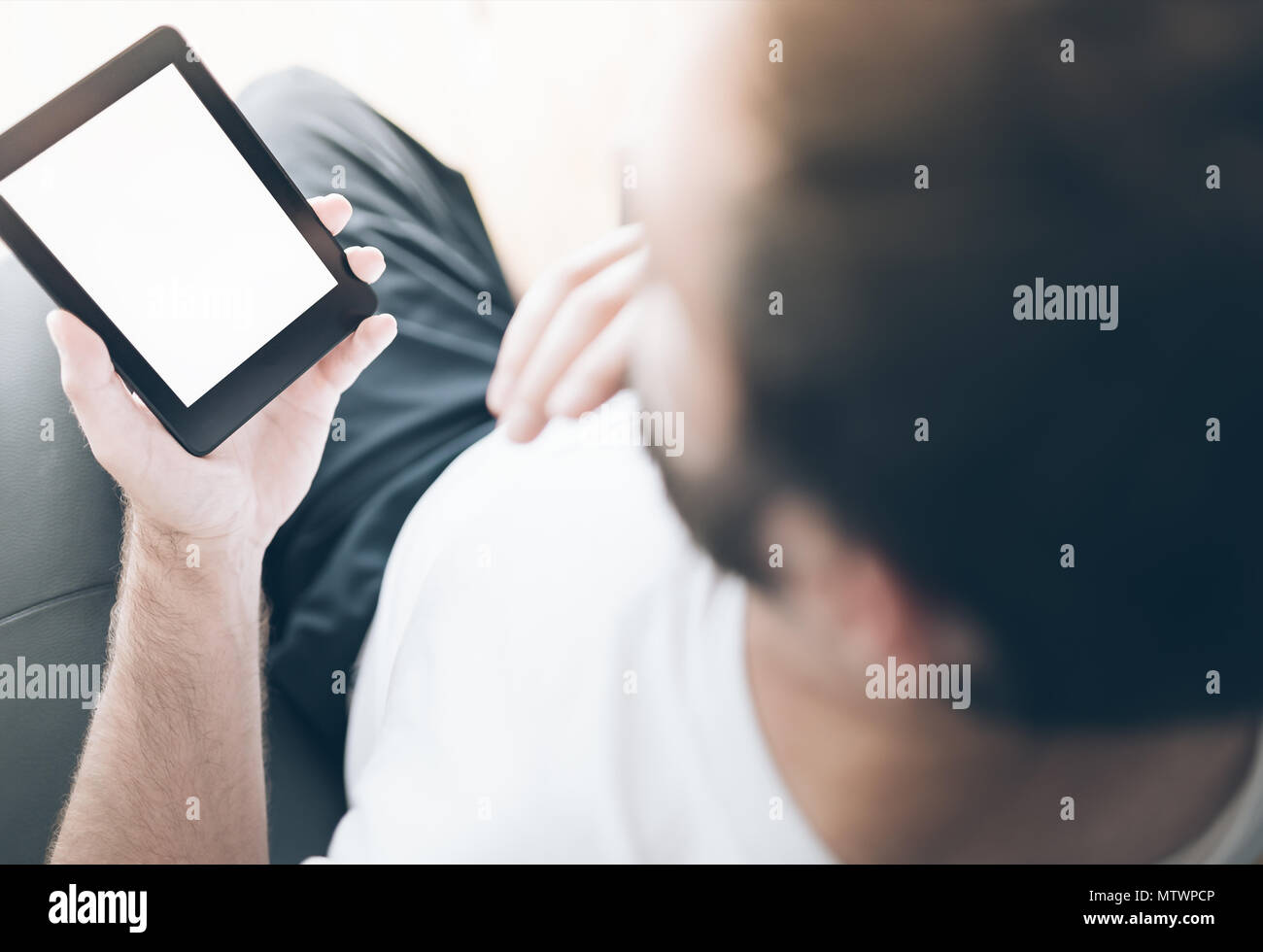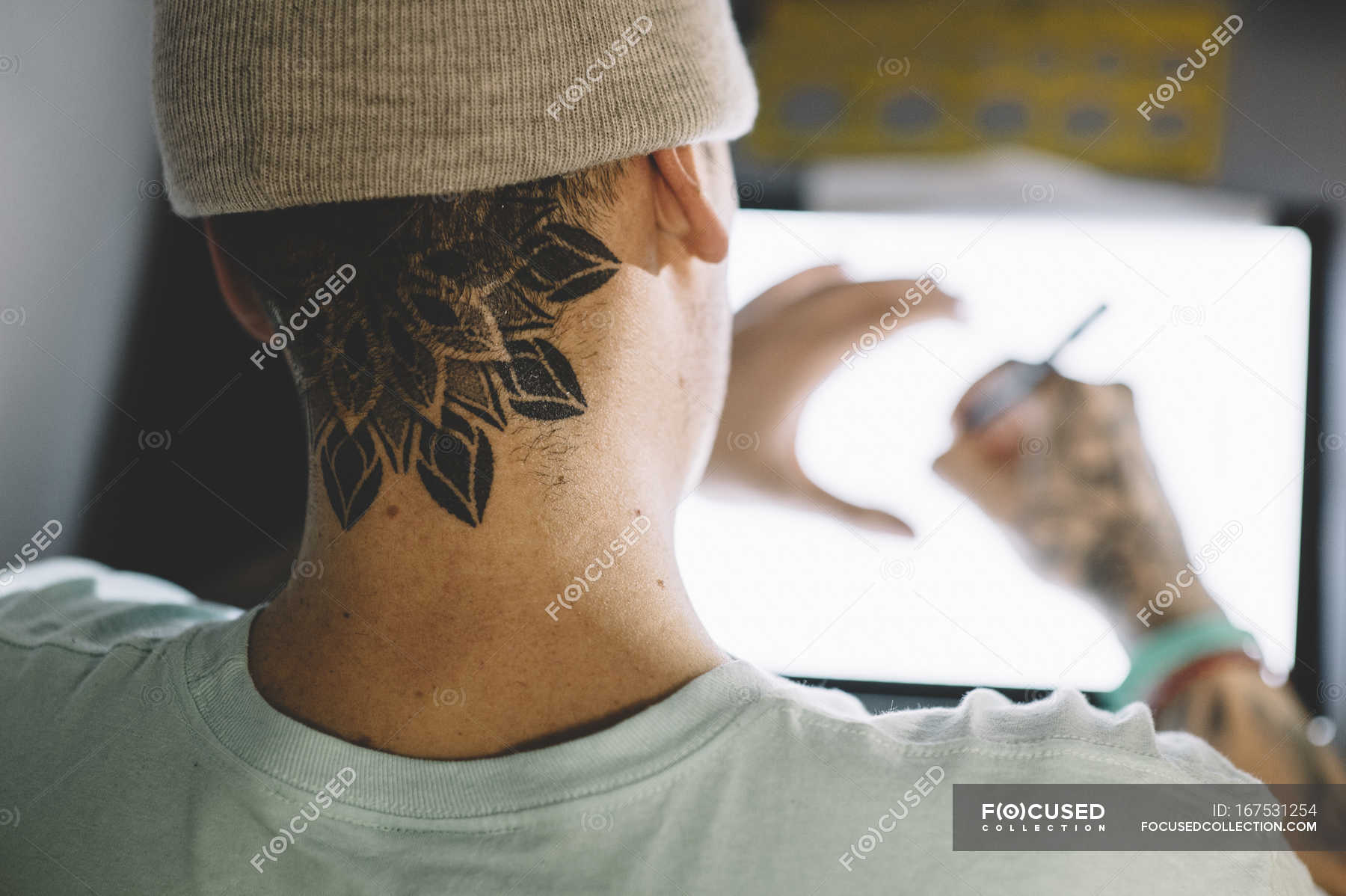



When used during a conversation, the camera typically alternates from focusing on one character in the shot to the other, allowing you to empathize with each character. Conversely, when you break from this, it can signify a disconnect. Create intimacy between two characters in a conversation: On an emotional level, this camera angle often indicates a connection or a level of intimacy to the viewer, specifically when two or more characters are having a conversation.Orient the viewer and provide a new point of view: OTS shots use perspective to show where characters are in relation to one another and are great for offering the viewer a new point of view to make the scene more dynamic or provide another character’s perspective on a scene.Over the shoulder shots can really influence how the audience interprets a scene. Here’s a closer look at how over the shoulder shots can have a dramatic impact on a scene: You can also use what is known as a clean over, which is where the shot is over the shoulder, but the foreground character isn’t in the frame. For example, in “ Pulp Fiction,” Quentin Tarantino diverts the focus to the back of Marsellus Wallace’s head, with Butch out of focus in the background. There are filmmakers that have switched this focus though. In most cases, filmmakers use a dirty single, which is when there is just a blurred glimpse of the shoulder in the frame, with most of the focus placed on the other character.

This is a foundational camera move taught to all novice filmmakers. Because of the orientation of the camera, the off-screen actor’s shoulder and sometimes the back of their head is in the frame. In other words, an off-screen actor’s shoulder is in the foreground while there is complete coverage of the on-screen actor. An over the shoulder shot, often referred to as a third-person shot or an OTS, is a shot where the camera is facing one character from a position that is just behind another character.


 0 kommentar(er)
0 kommentar(er)
